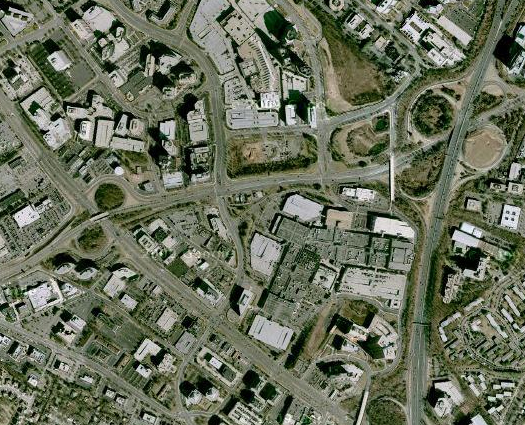There’s a discussion about the economics and politics of urbanizing suburbia taking place between economics bloggers Ryan Avent and Tyler Cowen right now (if you’re not familiar with the two, Avent is roughly liberal and Cowen is roughly libertarian, though both are more or less independent thinkers). It begins with this Washington Post article which reports on a conflict between the plan for the redevelopment of Tysons Corner proposed last year by the “Tysons Land Use Task Force” (and subsequently adopted by at least some portion of Fairfax County’s government) and new recommendations from Fairfax County’s planners, who argue that last year’s proposal would overwhelm the existing road and highway infrastructure and recommend reducing the density of the redevelopment plan.

A quick and abbreviated summary, which I hope will encourage you to read the series of posts: Tyler Cowen picked up on the Post article, writing in support of the new recommendations, which disturbed Avent, who thought that Cowen was, hypocritically, cheering on a decision by planners “to artifically reduce density” and willfully ignoring solutions to the problems the planners cite (Yglesias piled on here). Cowen responded, with an argument about how the existing infrastructures in place in Tysons are not conducive to urbanization and an explanation of why he didn’t think he was being hypocritical. Avent asserts in yet another post that “the whole point of the redevelopment plan is to rectify the problems [Cowen identifies]” with the existing infrastructures, points out that while the original plan is a “‘mega-plan’ involving significant infrastructure changes [that] does not mean that planners are directing the development of the real estate”, and suggests that this is an excellent example of how development patterns necessarily emerge from infrastructural patterns, rather than appearing fully-formed from the womb of the free market. On the side, Will Wilkinson enters into the discussion to emphasize “path dependence” (which, I suppose, is not a dissimilar concept to the endurance of cities, even if its not exactly the same), and Avent responds that Wilkinson is giving too much weight to static forces and not enough to dynamic forces.

